4 Hours
Daily Tour
Unlimited
English, French, German, Italian, Spanish
Trace the rise and fall of the Third Reich through 39 sobering stops where Hitler’s regime was born, resisted, and ultimately defeated. This 4-5 hour self-guided walking tour covers the complete story of Munich as the Nazi Party’s birthplace, perfect for anyone seeking to understand how ordinary streets bec... Read more

King Ludwig's Greek gateway became Hitler's stage. Nazi rallies filled this square where culture met tyranny. Today it urges peace—a reminder of how beauty was twisted into propaganda.

Where books burned in 1933 and 22,000 granite slabs turned culture into a parade ground. Hitler's "Honor Temples" stood here. Now just gravel—Munich's refusal to let this be power's stage again.

Hitler's personal office where the Munich Agreement was signed in 1938, giving Czechoslovakia to Hitler without asking Czechs. Today, music students fill rooms where appeasement failed catastrophically.

Built on the Brown House site—Nazi headquarters where genocide was planned. This white cube breaks decades of silence, confronting Munich's role as the movement's birthplace. Entry is free.

A 200-year-old monument to Bavarian soldiers became a silent witness—watching Napoleon's grief, Nazi rallies, and postwar rebirth. History accumulates here, layer upon layer, asking us to remember.

You're entering the Kunstareal—Europe's densest concentration of artistic treasure. But these museums hide dark secrets: looted art, Nazi propaganda, and the weaponization of culture itself.

Where King Ludwig dreamed of cultural glory, Nazis labeled modern art "degenerate" and looted Europe's treasures. Today these museums confront their past—displaying stolen art while researching origins.
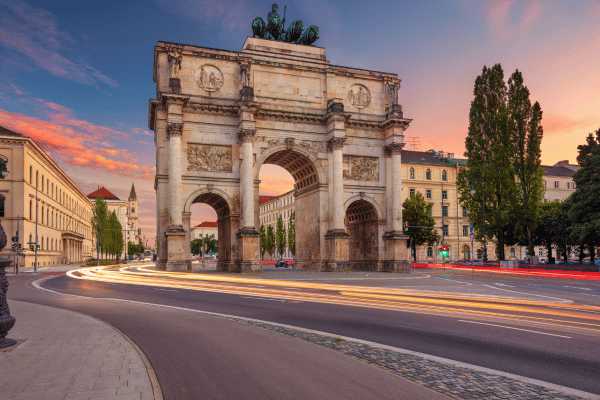
Built to celebrate victory, destroyed by war, left scarred deliberately. Its inscription now reads: "Dedicated to victory, destroyed by war, urging peace." A triumph arch turned peace monument.

Bronze leaflets mark where Sophie Scholl scattered truth in 1943. Four days later, she and her brother were executed at 21 and 24. Their courage still asks: what would you have done?

Look closely—bullet holes scar these walls from April 1945's final battle. Munich deliberately left them unrepaired. Touch them gently—these marks connect you physically to that violent liberation day.
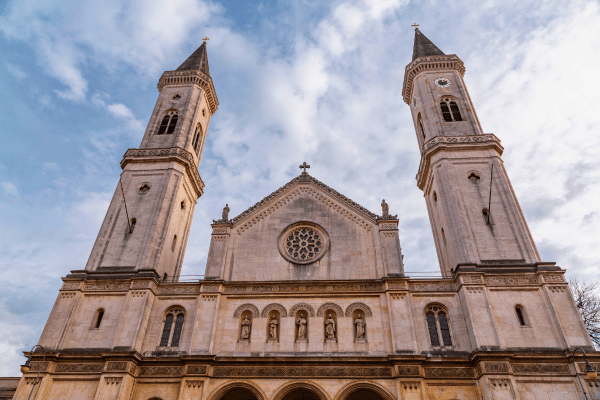
Walk where the Night of Long Knives unfolded—June 1934, when Hitler murdered his own allies including Ernst Röhm at Stadelheim Prison. The moment the regime crossed from dictatorship into open terror.
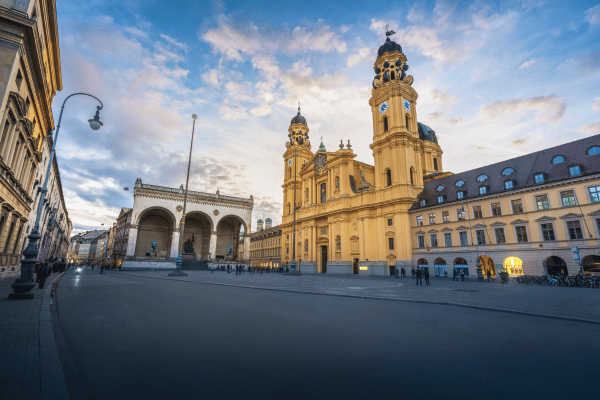
Where Hitler's 1923 coup failed bloodily, later became sacred Nazi ground requiring salutes. Locals took "Shirker's Alley" to avoid it—a small daily act of defiance. Golden stones mark their route today.

An elegant square with Maximilian I's bronze statue, designed by Leo von Klenze in 1839. Royal grandeur meets modern Munich—where Neoclassical façades frame centuries of Bavarian history and transformation.

An eternal flame burns for all Nazi victims—Jews, Roma, political prisoners, the disabled, LGBTQ+ individuals. Simple, powerful, refusing to go out. A promise placed near where perpetrators once walked freely.
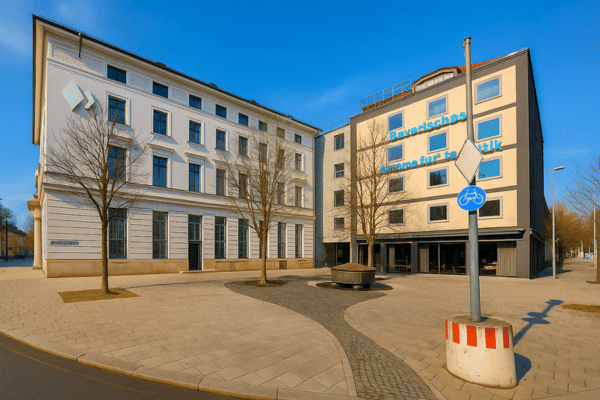
Behind this modern bank stood Gestapo headquarters—where the White Rose members, Georg Elser, and countless others were interrogated and tortured. The elegant palace became Munich's place of fear and courage.

Munich's grand 1,800-seat synagogue stood here until June 1938—demolished by official order, not mob violence. Turned into parking. These granite blocks from Flossenbürg quarries mark the silence of erasure.
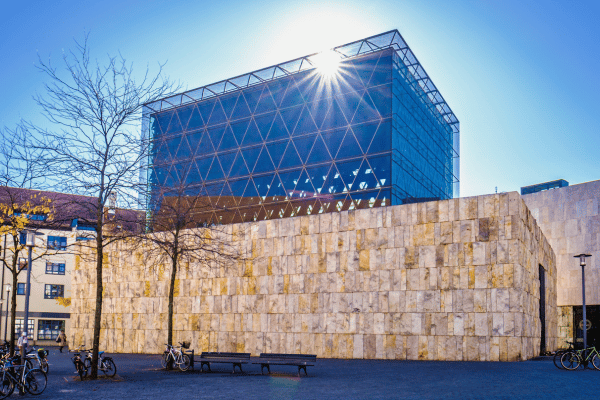
Two essential museums: one showing how Nazism happened here, the other honoring 1,700 years of Jewish life nearly erased. The synagogue was only rebuilt in 2007—standing on a community's buried history.
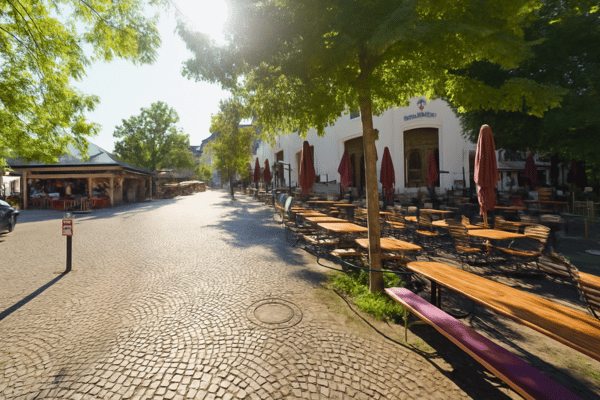
Munich's beloved market since 1807—colorful stalls, fresh flowers, beer garden cheer. You've walked through darkness today. Take a break here. Grab a pretzel, sit under chestnut trees. Life reclaimed this city too.
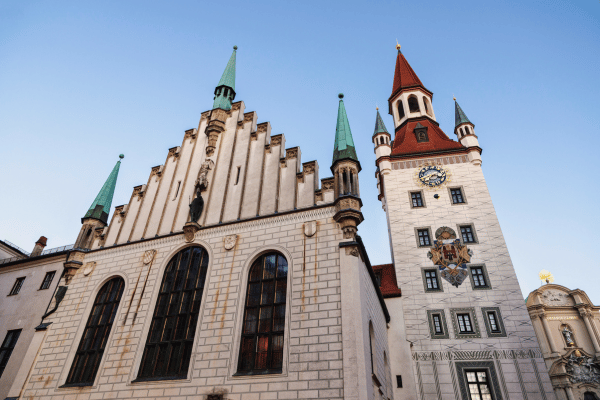
Inside this Gothic tower, Goebbels unleashed Kristallnacht in 1938. After the war, a filmmaker filled it with toys—dolls, trains, teddy bears. From hatred to hope: how Munich transforms spaces that once spread terror.
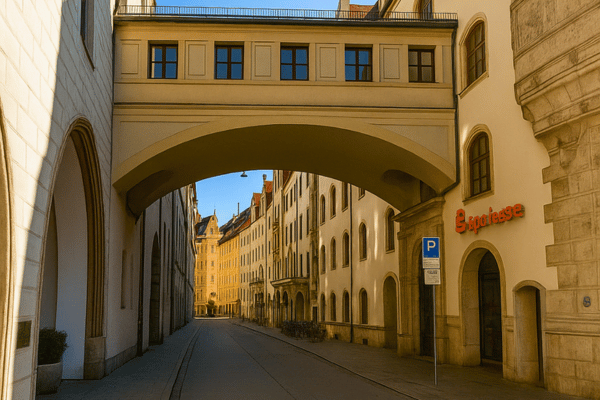
After Kristallnacht, Nazis blamed Jews for their own destruction—demanding 1 billion Reichsmarks. Then came Aryanization, expulsions, Dachau. The broken glass was just the sound of a door slamming shut on escape.
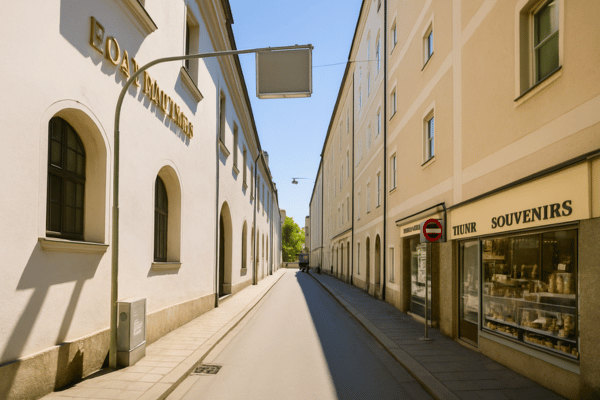
February 24, 1920: Hitler's 2-hour speech here launched the Nazi Party. This became their pilgrimage site. Bombed in 1944, rebuilt deliberately erasing swastikas beneath fresh paint. Joy and darkness, forever intertwined.
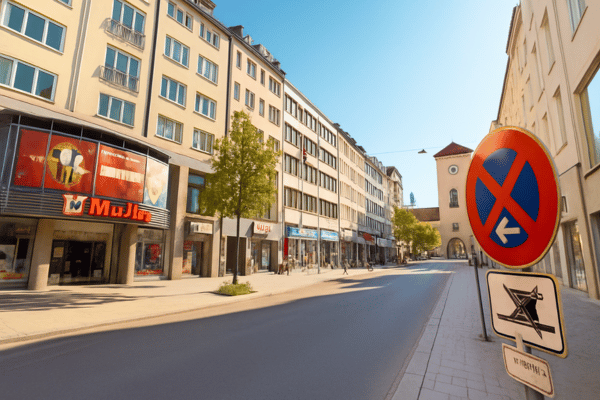
September 12, 1919: Hitler, an army spy, attended a 40-man meeting here. His outburst impressed them. He became member 55 (falsely numbered 555). From this small room, the 20th century's darkest chapter began.
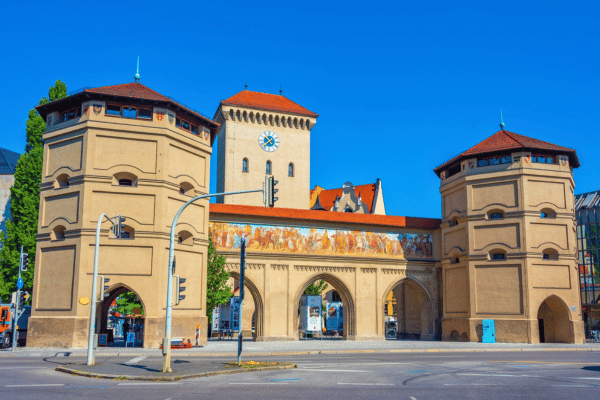
Medieval fortress gate where Emperor Louis IV's fresco watches above. Nazi parades once passed through these arches. Bombed, restored—it stands as Munich's older victories overshadowing its darker modern chapters.
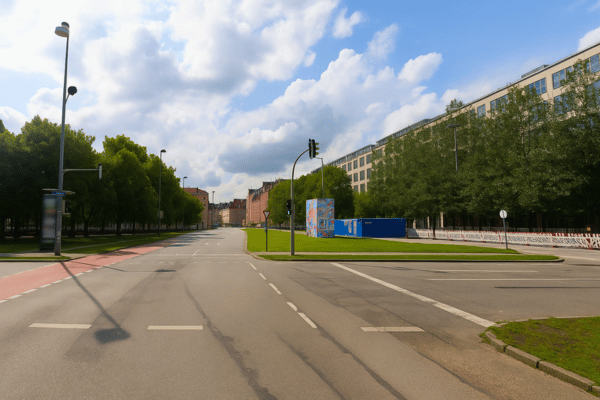
By 1939, Munich looked parade-ready—perfect banners, polished crowds, Hitler's image everywhere. From post-WWI chaos to "Capital of the Movement"—how this city, not Berlin, became Nazism's mythic heartbeat.
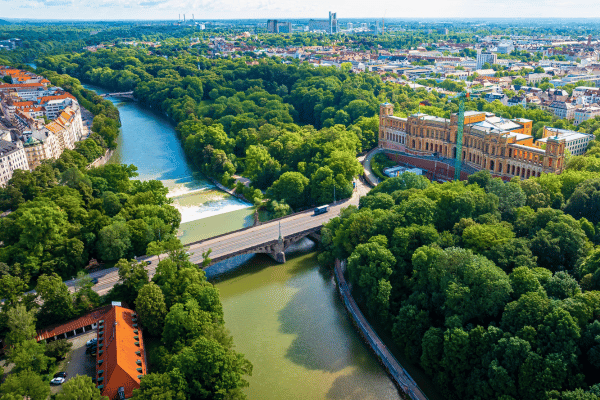
Peaceful now, but this river carried propaganda newsreels, bomb debris, and ash from Dachau's crematorium 16km away. Americans crossed here in April 1945 finding rubble and desperate civilians. Water remembers everything.

Final stop: honoring the carpenter who nearly stopped it all. November 8, 1939—his bomb at Bürgerbräukeller missed Hitler by 13 minutes. Thirteen minutes between ending the war before it spread, and 60 million dead.
Leave a review